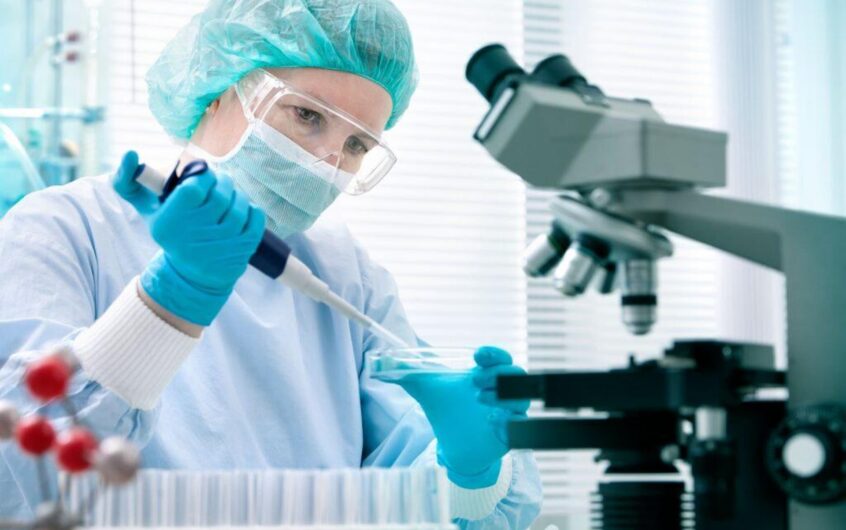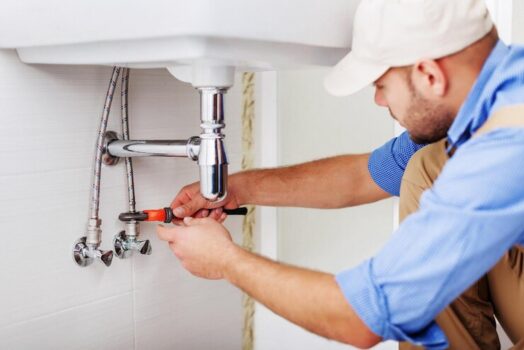Legionella is a bacterium that can cause a severe and potentially fatal type of pneumonia called Legionnaires’ disease. This bacterium can be found in various water sources, including cooling towers, hot tubs, fountains, and even potable water systems. As such, it is essential to perform regular legionella testing to detect and prevent the growth of this dangerous microbe in your water system.
In this blog, we will take a closer look at the behind-the-scenes process of legionella testing and why it is crucial in maintaining a safe and healthy water supply.
What Is Legionella Testing?
Legionella Testing is the process of analyzing water samples to detect the presence of Legionella bacteria. There are several testing methods available, including culture-based methods, PCR (polymerase chain reaction) testing, and antigen testing. Each method has its own advantages and disadvantages, and the choice of method will depend on the specific requirements of the testing situation.
The Importance Of Legionella Testing
Legionella bacteria thrive in warm water environments and can cause severe respiratory infections when inhaled. This makes it especially dangerous in water systems that are used for showers, hot tubs, and cooling towers. Regular legionella testing is crucial to detect the presence of the bacteria and prevent its growth, which can lead to outbreaks of Legionnaires’ disease.
Behind The Scenes Of Legionella Testing
The process of legionella testing involves several steps, including sample collection, transportation, and laboratory analysis. Let’s take a closer look at each step in the testing process.
Sample Collection: The first step is to collect water samples from the water system being tested. Samples may be taken from multiple locations to ensure a representative sample of the system. Samples are collected using sterile containers and must be properly labelled to ensure accurate testing.
Transportation: Once the samples are collected, they must be transported to the laboratory for analysis. Samples must be transported in a sterile container, and it is essential to keep them at the appropriate temperature to prevent bacterial growth or degradation of the sample.
Laboratory Analysis: In the laboratory, the samples are analyzed for the presence of Legionella bacteria using various methods. Culture-based methods involve incubating the sample on a culture medium to promote bacterial growth, while PCR testing detects the presence of it’s DNA in the sample. Legionella proteins can be detected using antigen testing.
Once the testing is complete, the laboratory will provide a report detailing the results of the analysis.
In Conclusion
Legionella testing is a crucial process in maintaining a safe and healthy water supply. Outbreaks of Legionnaires’ disease can be prevented by detecting the presence of Legionella bacteria early. The process involves several steps, including sample collection, transportation, and laboratory analysis. If you are responsible for a water system, it is important to ensure that the water bodies near you are regularly cleaned and tested for any bacterium growth.




